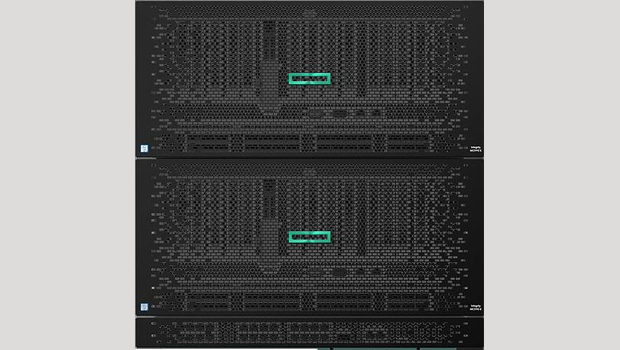Can two old technologies make it in the brave new world of cloud computing? Hewlett-Packard Enterprise (HPE) thinks so with its updates to Superdome servers featuring recently acquired SGI technology.
HPE bought SGI in late 2016, ending for good the name and company that was once a Hollywood darling. The company enjoyed almost celebrity status around 1993 when its computers were credited for creating the dinosaur effects in the movie Jurassic Park.
After that, though, it fell on hard times as the environment zigged and poor management zagged, blowing one opportunity after another. In 2009, Rackable Systems acquired SGI’s assets and changed its name to SGI because it thought there was some value in the name.
However, the company continued to languish before HPE finally bought it out. While it was never a major player, SGI still had considerable technological assets, which was what HPE wanted, and now they are coming to market.
Superdome Flex
HPE has announced new Superdome servers with new in-memory computing based on SGI NUMAlink technology. Superdome has always been HPE’s top-of-the-line platform with a massive scale-up architecture meant for the most mission-critical tasks. Unfortunately, they were based on Intel’s dead-end Itanium processor up until recently.
Seeing the writing on the wall, HPE transitioned to the Intel Xeon E7 processor, the high end of the Xeon line with many of the vital RAS (reliability, availability and scalability) features found in Itanium and RISC processors.
The new product, known as the Superdome Flex, offers a modular design that can scale up to 32 CPUs and 48TB memory, making it suitable for massive in-memory workloads like Apache Spark, SAP HANA, Microsoft SQL and Oracle Database In-Memory. The servers, which come in a 5U chassis, can also hold GPUs, which are popular in high-performance computing.
The secret sauce is SGI’s NUMAlink interconnect. NUMAlink is a fabric that links large numbers of CPUs and memory components. This is a very mature technology, dating back to when SGIs ran MIPS processors, that has been running on Intel for years now.
Superdome X and MC990 X servers
HPE has rebranded the SGI UV 300 server as the MC990 X product and is targeting it at these massive in-memory computing jobs. The Superdome X system has 16 sockets and 48TB of memory, while the Superdome Flex has 32 sockets and 48TB of memory.
One big difference is Superdome Flex is based on the newer Skylake generation of processors, while MC990 X and Superdome X use the older Broadwell generation of processors. Another advantage for the Superdome Flex is it has the memory protection features in firmware that the Superdome X has and uses the Memory-Driven Computing design HPE is developing for The Machine project.
SGI may not have been a big player, but it had good technology, and HPE will benefit from it. The Superdome is making an interesting migration, from HP-UX running on Itanium to Linux on Xeon. And with the NUMA technology, it is positioned to be a major player in in-memory applications, which are growing in popularity as companies look for more speed and performance.
IDG News Service








Subscribers 0
Fans 0
Followers 0
Followers